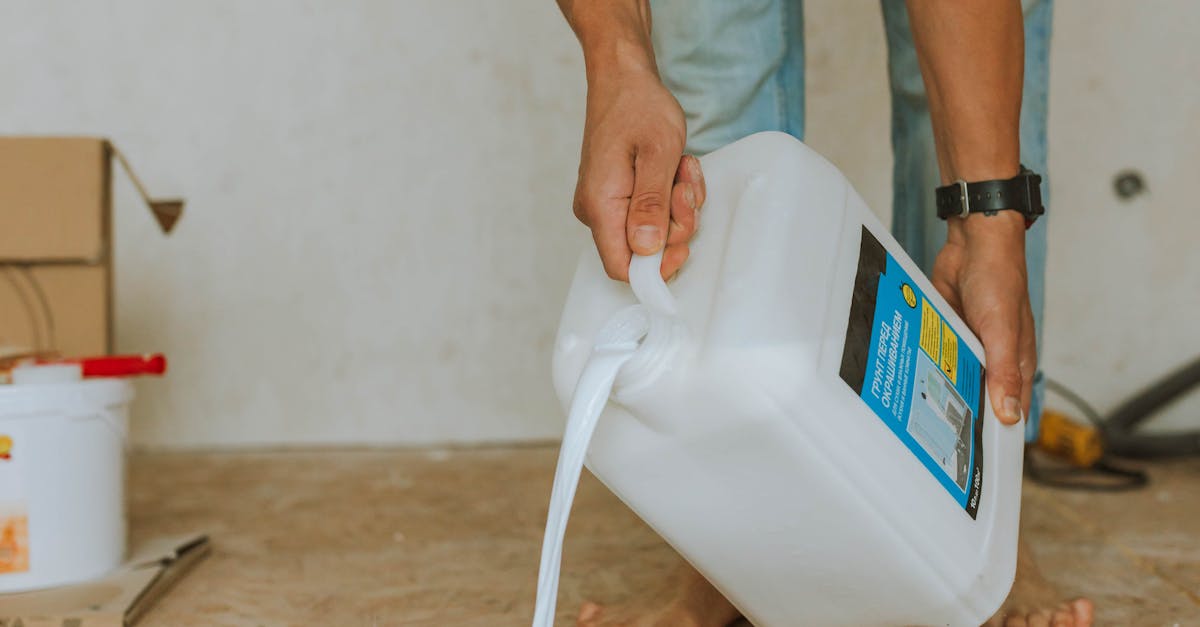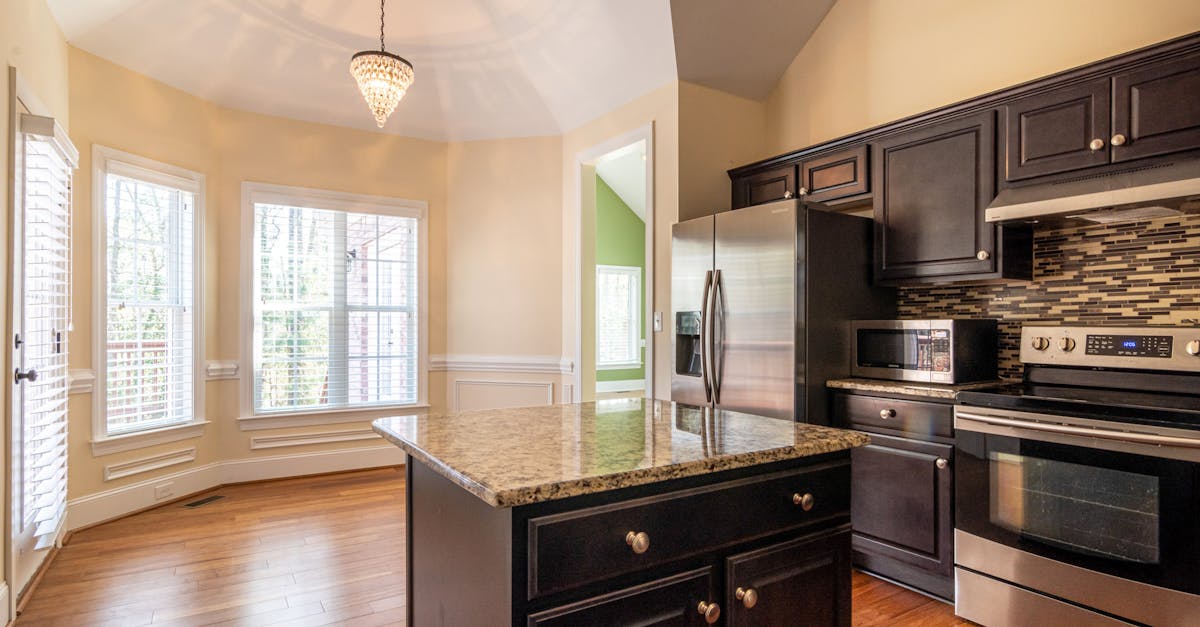
Common Mistakes to Avoid
One common mistake people make during floor refinishing is neglecting the preparation phase. Properly cleaning and sanding the floor before applying any finish is crucial. Skipping these steps can lead to poor adhesion and an uneven surface. It's easy to underestimate how much prep work is involved, but investing this time upfront can save significant headaches later on.
Another pitfall is underestimating the drying time between coats of finish. Many novices rush through the application process, eager to see the final results. However, not allowing adequate drying time can trap moisture and lead to an unsatisfactory finish. Following manufacturer guidelines closely can help avoid this mistake and ensure the best possible outcome for your flooring project.
Pitfalls in the Refinishing Process
Floor refinishing can seem straightforward, but various pitfalls often complicate the process. One common mistake is neglecting to properly prepare the surface before applying any finish. This step involves cleaning, sanding, and sometimes repairing the wooden surface, and skipping it can lead to uneven results. Additionally, using the wrong type of finish for the specific wood can cause premature wear or an undesirable aesthetic.
Another significant pitfall arises from underestimating the time required to complete the project. Many DIY enthusiasts get excited and jump right into floor refinishing without a realistic timeline. This can lead to rushed work, which often results in compromised quality. Friends and family may inadvertently disrupt the process if you don’t communicate your needs clearly, creating further challenges and delays in achieving your desired outcome.
Time Commitment for DIY Projects
Estimating the time required for floor refinishing can be challenging. The process typically involves several stages, including preparation, sanding, staining, and applying a finish. Each stage varies in duration based on the size of the space, the condition of the existing flooring, and your level of experience. For those new to DIY, it might take considerably longer than expected due to learning curves and unforeseen obstacles.
Setting realistic expectations is crucial when embarking on a floor refinishing project. Initially, the preparation stage may involve moving furniture and cleaning the workspace, which can be time-consuming. After sanding, allowing proper drying times between coats of stain and finish is essential for achieving a professional look. Failing to account for these factors can lead to frustration and delays, emphasizing the need for thorough planning before diving into the project.
Estimating the Total Duration
Estimating the total duration for a floor refinishing project can be challenging. The process involves several stages, including preparation, sanding, staining, and sealing. Each step requires careful attention and can vary significantly based on the size and condition of the floors. For instance, larger spaces may take longer due to the need for additional sanding and multiple coats of finish.
Another factor to consider is the drying time for products used in floor refinishing. Stains and sealants typically require several hours, or even a full day, to cure properly. Homeowners should account for these periods when planning their schedule. Unexpected delays can arise from equipment malfunctions or unanticipated challenges, adding to the overall timeline of the project.
Safety Precautions During Refinishing
When undertaking a floor refinishing project, safety should be a top priority. Proper personal protective equipment (PPE) includes safety goggles, masks, and gloves. These items help guard against dust, debris, and harmful fumes that can arise during the sanding and finishing processes. Ensure the workspace is adequately ventilated to reduce the buildup of any toxic vapors from stains or sealants.
In addition to personal safety, protecting your surroundings is also essential during floor refinishing. Move furniture out of the area to prevent damage and create a clear working space. Using drop cloths can help shield baseboards and other surfaces from dust and spills. Taking these precautions will create a safer environment for both you and your home while enhancing the efficiency of the refinishing process.
Protecting Yourself and Your Space
When engaging in floor refinishing, it is essential to prioritize safety to protect both yourself and your living environment. Start by removing all furniture and covering vents, doorways, and any openings to prevent dust from spreading throughout your home. It's advisable to wear a mask to avoid inhaling fine particles created during the sanding process. Gloves and safety goggles can provide additional protection from chemicals in stains and finishes, which may cause skin irritation and eye damage.
Proper ventilation is crucial during the refinishing process. Open windows and use fans to circulate fresh air, as many finishing products emit strong fumes. Store all chemicals away from children and pets to ensure their safety. Additionally, be cautious with your workspace by laying down drop cloths or plastic sheeting to protect your floors and baseboards from spills and drips. By taking these precautions seriously, you can create a safer environment for your floor refinishing project.
FAQS
What are the benefits of refinishing my own floors?
Refinishing your own floors can save you money on labor costs, give you a sense of accomplishment, and allow you to customize the finish to your preference.
How much time should I expect to invest in a DIY floor refinishing project?
The time commitment can vary, but most DIY floor refinishing projects can take anywhere from a few days to a week, depending on the size of the area and your experience level.
What common mistakes should I avoid during the refinishing process?
Some common mistakes include not properly preparing the surface, using the wrong tools or products, and rushing the drying times between coats.
What safety precautions should I take when refinishing my floors?
It's important to wear protective gear such as masks, goggles, and gloves, ensure good ventilation in the workspace, and keep flammable materials away from the refinishing products.
Is it better to hire a professional for floor refinishing rather than doing it myself?
It depends on your skill level, the condition of your floors, and the complexity of the project. If you're inexperienced or the floors require extensive work, hiring a professional may be a better option.

